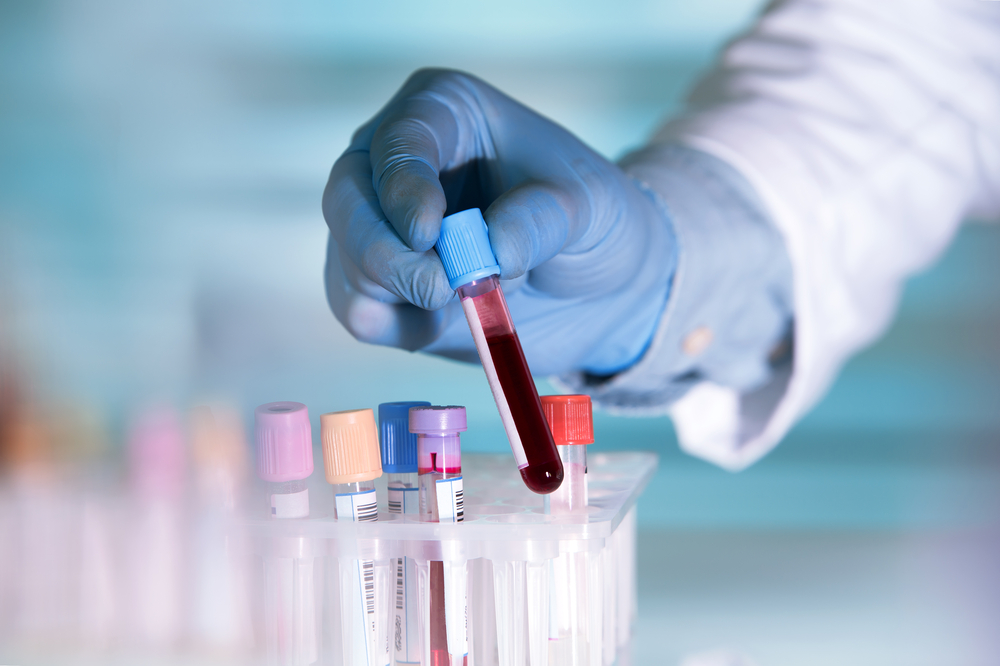Arizona Researchers Develop Blood Test to Diagnose Early Alzheimer’s Disease

Alzheimer’s disease leaves traces in the white blood cells of its patients that could be used to diagnose the disease. So says a study by researchers at Arizona State University (ASU) who used a blood test to correctly distinguish between patients with early Alzheimer’s, Parkinson’s disease and healthy people.
More importantly, the method identified people with a family history of Alzheimer’s who are likely to get the disease later in life.
The study, “Multivariate analyses of peripheral blood leukocyte transcripts distinguish Alzheimer’s, Parkinson’s, control, and those at risk for developing Alzheimer’s,” appeared in the journal Neurobiology of Aging.
Unlike other studies that have tried to develop Alzheimer’s diagnostic tools, these findings are considered solid. Researchers at ASU’s Banner Neurodegenerative Disease Research Center repeated their tests in different patient groups, and even varied the technology involved in an effort to validate their findings.
“What we’ve done in our paper is to replicate our own work multiple times with different populations and even using different technologies,” Dr. Paul Coleman, the study’s leader, said in a press release. “We also presented data showing the ability to detect people at risk of a future diagnosis for Alzheimer’s disease.”
This is a particularly alluring part of the findings. Currently, those being diagnosed with Alzheimer’s have had disease processes going on in their brain for years, even decades. researchers believe that identifying those at risk earlier will give doctors a better chance of finding treatments that could delay, or even prevent Alzheimer’s from developing.
The Banner research team made use of the fact that in Alzheimer’s, numerous genes involved in inflammation and cellular stress are activated. This process is not only going on in the brain. White blood cells also show changes in the activity of these genes, and a simple blood test could be enough to spot them, they figured.
To find out, they divided 177 blood samples and 27 brain samples from deceased patients into several groups.
By analyzing amounts of various messenger RNAs — the intermediate molecule between a gene and its encoded protein — they were able to identify people with early Alzheimer’s among a group that also consisted of healthy people and those with Parkinson’s. The test easily distinguished between people with and without a family history, but its ability to predict who among those with a family history that would develop disease was somewhat lower.
It could also spot people with the Alzheimer’s risk gene APOE4 who had not developed dementia, when compared to APOE4 carrier with early Alzheimer’s and people without the risk gene.
Currently, Alzheimer’s is often an uncertain diagnosis. Although new brain scans can detect amyloid-beta plaque in the brain, these are available only at specialized clinics. But with a rising elderly population — and increasing dementia rates in its wake — the research team wanted to develop a tool that could be used in a primary care setting. And so, they chose to work with a blood test.






